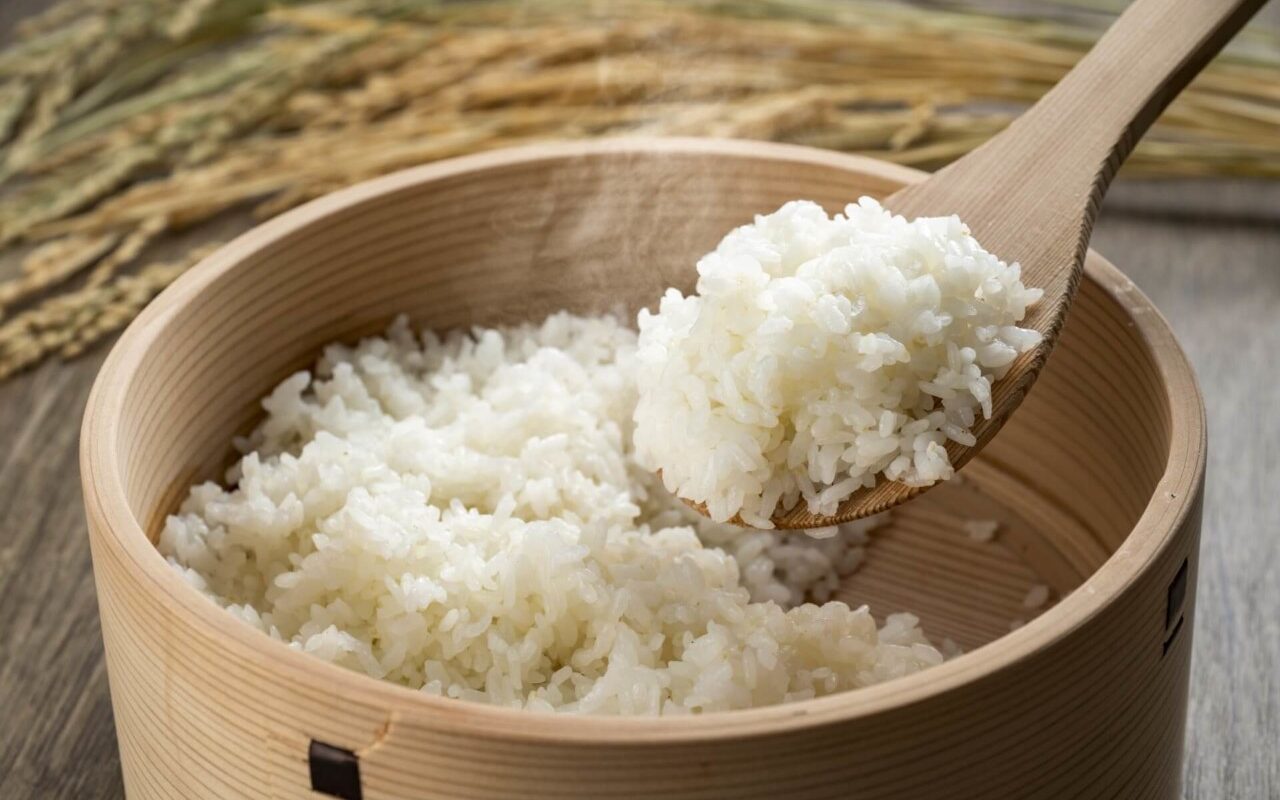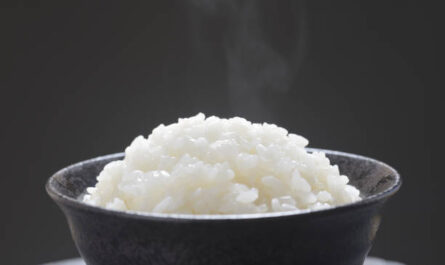For many, sushi is more than just a meal; it’s a culinary experience. However, ensuring that this delicacy remains safe to consume is crucial. One of the most critical aspects of sushi safety is understanding the sushi rice spoilage temperature. Sushi rice, when not stored correctly, can spoil quickly, leading to foodborne illnesses. This article aims to provide in-depth knowledge about the spoilage temperature of sushi rice, helping you enjoy your sushi safely.

Understanding Sushi Rice
Sushi rice, also known as shari or sumeshi, is a key component of sushi. It is typically made using short-grain rice, which is known for its sticky texture. The stickiness is essential for creating sushi rolls, maintaining their shape, and ensuring they hold together. For more on the types of rice used in sushi, you can visit What is Short-Grain Rice?
Why Temperature Matters
The temperature at which sushi rice is stored plays a crucial role in preventing spoilage. Bacteria can grow rapidly when sushi rice is kept at temperatures between 40F and 140F (4C and 60C), often referred to as the ‘danger zone’. Keeping sushi rice out of this temperature range is vital to prevent foodborne illnesses.
Safe Storage Practices
Room Temperature Concerns
When left at room temperature, sushi rice can spoil within a few hours. It is advised to keep sushi rice at room temperature for no more than two hours. To ensure safety, transferring it to a cooler environment as soon as possible is recommended.
Refrigeration Tips
Refrigeration is one of the most effective ways to preserve sushi rice. When stored at temperatures below 40F (4C), the growth of bacteria slows significantly. However, refrigeration can affect the texture of the rice, making it hard and dry. To counter this, it is best to cover the rice with a damp cloth to maintain moisture.
How to Identify Spoilage
Visual and Olfactory Signs
Identifying spoiled sushi rice is relatively straightforward. Look for changes in color, such as yellowing, and be aware of any unusual or sour odors. For more warning signs, you can check Yellowing Sushi Rice.
Texture Changes
Another sign of spoilage is a change in texture. Spoiled sushi rice may become overly sticky or mushy, indicating that it is no longer safe to consume.
Preventing Sushi Rice Spoilage
Acidification
Add vinegar to the sushi rice can lower its pH, making it less hospitable to bacteria growth. This traditional method can enhance the flavor while extending the rice’s shelf life.
Proper Handling
Handling sushi rice with clean utensils and hands is vital in preventing contamination. Always use a clean spoon or paddle when scooping rice to minimize the risk of introducing bacteria.
Sushi Rice Temperature Management
Using a thermometer to monitor the temperature of sushi rice during preparation and storage is an excellent practice. Ensure that the rice is cooled down quickly after cooking to prevent it from staying too long in the danger zone.
Importance of Timely Consumption
Consuming sushi soon after preparation is the best way to enjoy its fresh flavors while minimizing the risk of spoilage. Sushi is best eaten within the day it is made.

FAQs
How long can sushi rice sit out safely?
Sushi rice can safely sit out at room temperature for about two hours. Beyond this, the risk of bacterial growth increases significantly.
Can I refrigerate sushi rice?
Yes, sushi rice can be refrigerated. However, it may lose its ideal texture and become dry. Covering it with a damp cloth can help retain moisture.
What is the ideal temperature for sushi rice?
The ideal temperature for storing sushi rice is below 40F (4C) to prevent bacterial growth and spoilage.
For more detailed insights on making sushi rice, you can explore Flavored Sushi Rice Recipes and Coconut Sushi Rice Recipe. Understanding these practices will help ensure that your sushi experience is both delicious and safe.
This article contains affiliate links. We may earn a commission at no extra cost to you.




